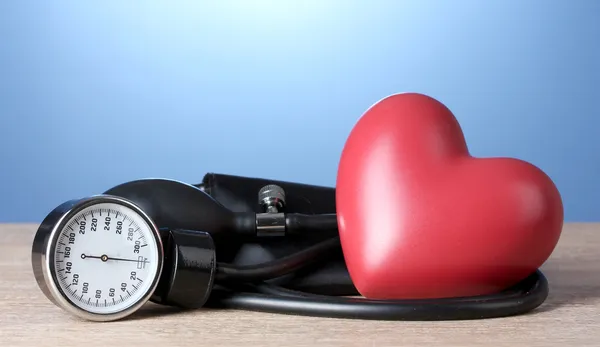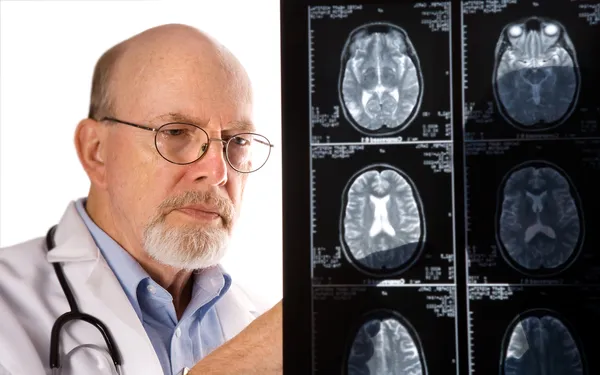Formerly known as electroshock therapy, this treatment for mental disorders dates back to the 1930’s. While no one is certain how or why this therapy works, it seems to be still popular and remains a medical option in the U.S. Advances in how the treatment is delivered has been made, such as using general anesthesia (medically-induced sleep).
Electroconvulsive Therapy (ECT) – as it’s now known – involves sending electrical current through the brain, deliberately triggering a seizure. While there have been improvements reported in patients, there are also possible side effects to consider. Let’s look at seven positives and negatives about electrotherapy…
1. Amnesia
The Mayo Clinic explains that following a treatment, a patient may not remember the moments before the therapy, which can extend to weeks, months, or even years of memories that are lost. The specific name for this side effect is retrograde amnesia, notes the source.
The positive is that for most patients, their memory usually bounces back within a couple of months following the end of the treatment. However, sadly that also suggests that some patients will permanently lose life events from their brain.
2. Negative Physical Effects
These physical symptoms were reported directly after an ECT treatment, and generally only last for a few hours, according to HealthTalk.org. They can take on a wide variety of forms, from headaches, jaw aches, fatigue, nausea, and muscle stiffness, it explains. You may also feel shaky and dizzy, it adds.
The source also notes that outsiders may notice you look like you “had a stroke,” presumably meaning you may lose muscle control on one side of your face or body. The health forum also points out some of the effects may actually be from the general anesthesia (especially in the case of fatigue).
3. ‘Safe’ Alternative to Medications
WebMD calls ECT “among the safest and most effective treatments available for depression,” and a viable option when a patient isn’t responding positively to medications, or if a patient is allergic to a particular drug. Some people may shy away from this treatment option because of how it’s portrayed in movies, but thanks to muscle relaxants and advances in anesthesia, ECT may be a viable treatment option for you or a loved one.
It can provide quick relief to severely depressed individuals, and is even effective for patients shown to be suicidal, it adds. Aside from depression, ECT is an effective treatment for other mental disorders such as mania (overactive brain activity), notes WebMD. Another source, Healthline.com, points out that ECT is safe enough even for pregnant women (while the same can’t be said for all antidepressant medications, although your doctor can point out some preferred options if you go the drug route).
4. Blood Pressure Fluctuations
PsychCentral notes that alterations in patient blood pressure are “common but typically benign complications” from ECT. This could lead to hypotension or hypertension (the latter which can damage blood vessels), it explains.
The source notes that pre-assessment of patients can be a mitigating factor, especially if they have cardiovascular health issues. It adds that cardiovascular complications can also occur from ECT, and although uncommon can lead to death from treatment.
5. Wide Treatment Range
As mentioned earlier, ECT has the ability to bring quick changes to brain chemistry, which can provide (short-term) relief for a variety of mental conditions. “ECT often works when other treatments have failed,” explains RecoveryRanch.com.
If you’re on medication and in talk therapy and aren’t getting results or seeing improvement fast enough, ECT may be an option to discuss with your doctor. Aside from depression and mania, it can also address schizophrenia, Tourette syndrome, and Obsessive Compulsive Disorder, notes the source.
6. Skin Burns
Listed as an uncommon side effect, PsychCentral.com said these can occur if there’s “poor contact of the electrode with the skin surface resulting in high impedance in the electrical circuit”. Presumably, your medical team will have some experience with the procedure and properly prepare for it – so burnt skin shouldn’t be a big concern.
Even when a burn from ECT does occur, the source says it typically falls under “mild complications” meaning the burns probably aren’t severe. Conductivity gel may be used by your medical team to help prevent this problem, it adds.
7. High Success Rate
Healthline.com notes that ECT has been shown to help up to 78-percent of patients with clinical depression, compared to at least one source that says antidepressant medications can eliminate depression symptoms in up to 65-percent of cases over a longer term treatment plan of 6-months (although each individual drug company may have its own statistics on this, and one drug may be more effective than another depending on the patient).
It’s probably fair to note, however, that reported relapse rates for ECT are still quite high, meaning more treatments may be required beyond the initial plan, or a more comprehensive approach to managing mental health should come into effect.










